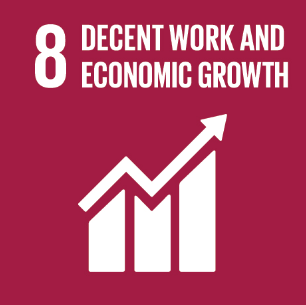Activities
During the project runtime, various activities were carried out to improve waste management in Khulna. Waste sorting analyses were conducted and collection systems optimized. At the landfill, infrastructure was improved, a training centre was established, and emissions monitoring introduced. Together with the informal recycling sector, a business model was developed and additionally, jute was tested as a sustainable alternative to plastics. As a special case study ports were examined as pollution sources, revealing the need for better waste handling on local vessels.
Collection
Waste collection in Khulna is organised in a two-stage system with primary waste transfer from points of waste generation to transfer stations and secondary transfer from transfer stations, generally known as Secondary Transfer Stations (STS) to the final disposal site. Most primary waste collection is provided by formal (NGOs and community-based organisations) and informal waste collectors, while KCC only carries out street cleaning. Households can also choose to forgo the additional fees of a door-to-door waste collection service and bring their waste directly to one of the 104 transfer stations or one of the approximately 1200 community bins. KCC organises all secondary transfers. For this, it utilises a fleet of 33 trucks, with 23 multi-purpose trucks and only 11 dedicated waste collection vehicles, including five compactor trucks.
Designing an effective collection plan requires reliable data on waste volumes and composition. The lack of accurate information limits KCC’s ability to adapt its waste systems to the growing needs. During the project period, a study conducted across 675 households and nine wards representing different income distributions confirmed that higher-income households produce more waste (249.3 kg/cap/a) than lower-income ones (130.7 kg/cap/a) and contribute a larger share of plastics (3.1 %, vs. 5.9 %). Yet, city-wide projections remain uncertain due to population estimates ranging between 718,735 and 1.2 million, resulting in an estimated daily waste generation between 350 and 610 tonnes.
As part of the STS assessment and evaluation, including on-site surveys and waste analyses, three sites were selected for pilot implementations and upgrades, which included structural and safety improvements, temporary containment measures for an open STS, and a material recovery scheme. To evaluate the effectiveness of waste separation at an STS, a waste separation initiative on the household level was carried out in parallel with 120 participating households.
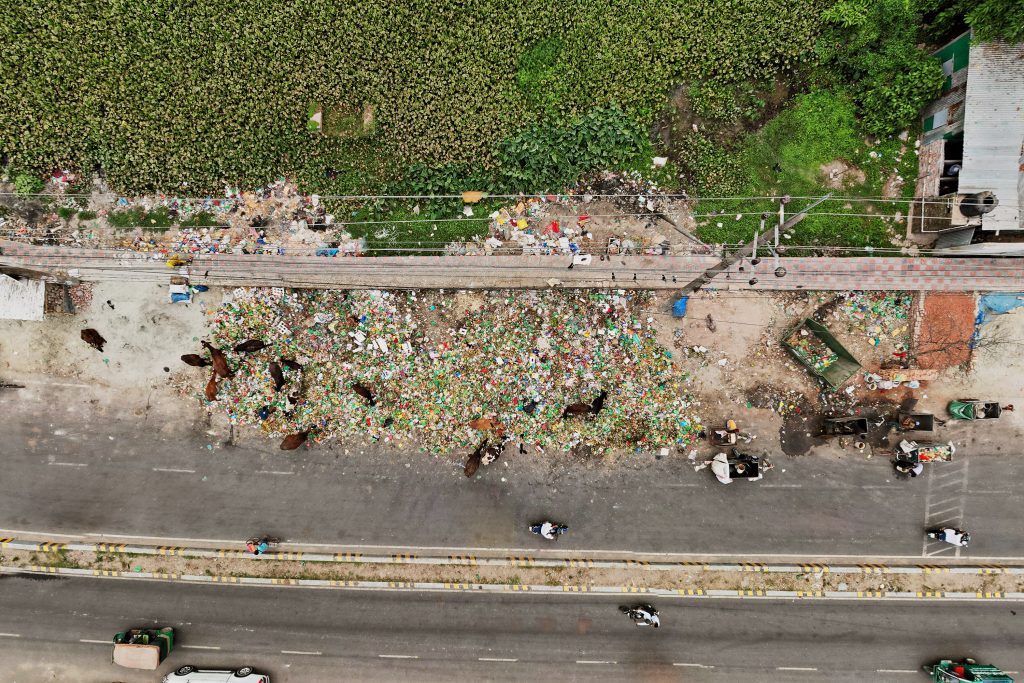
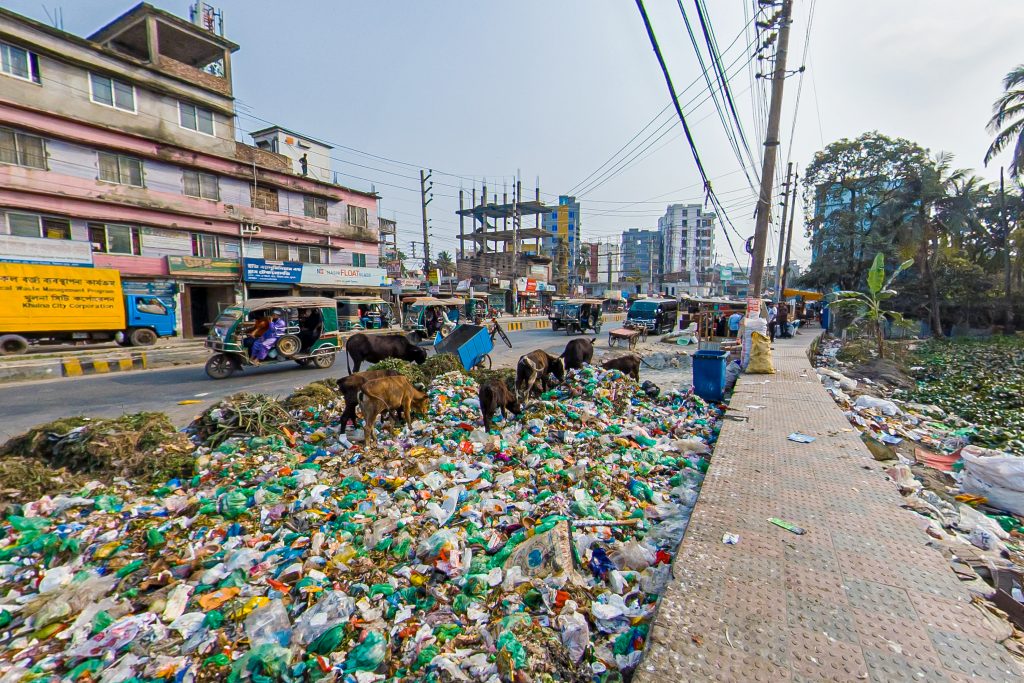
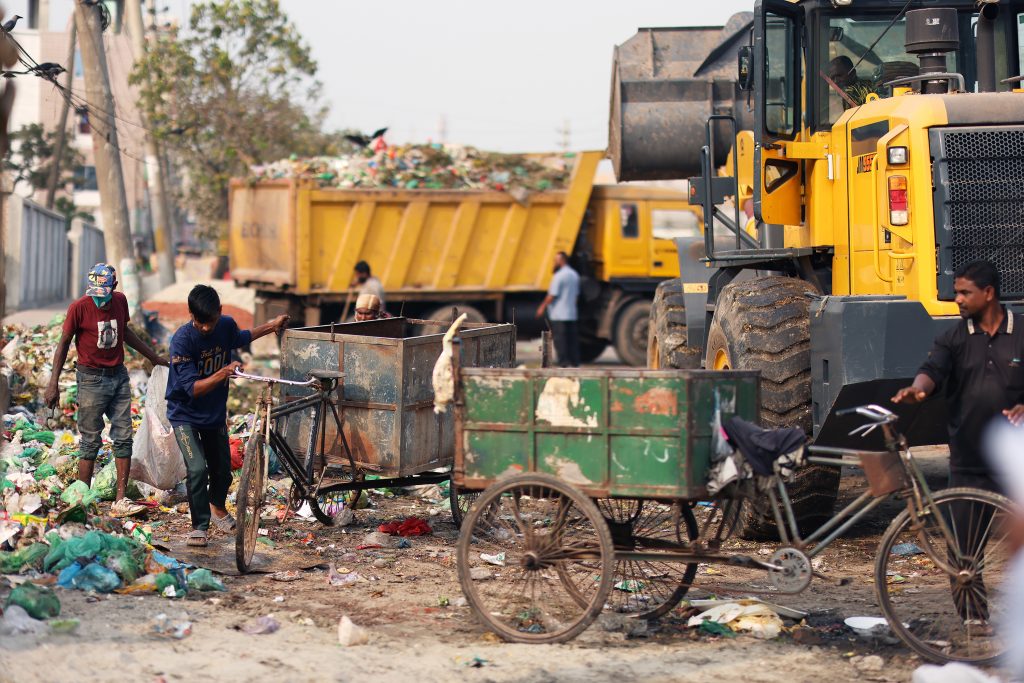
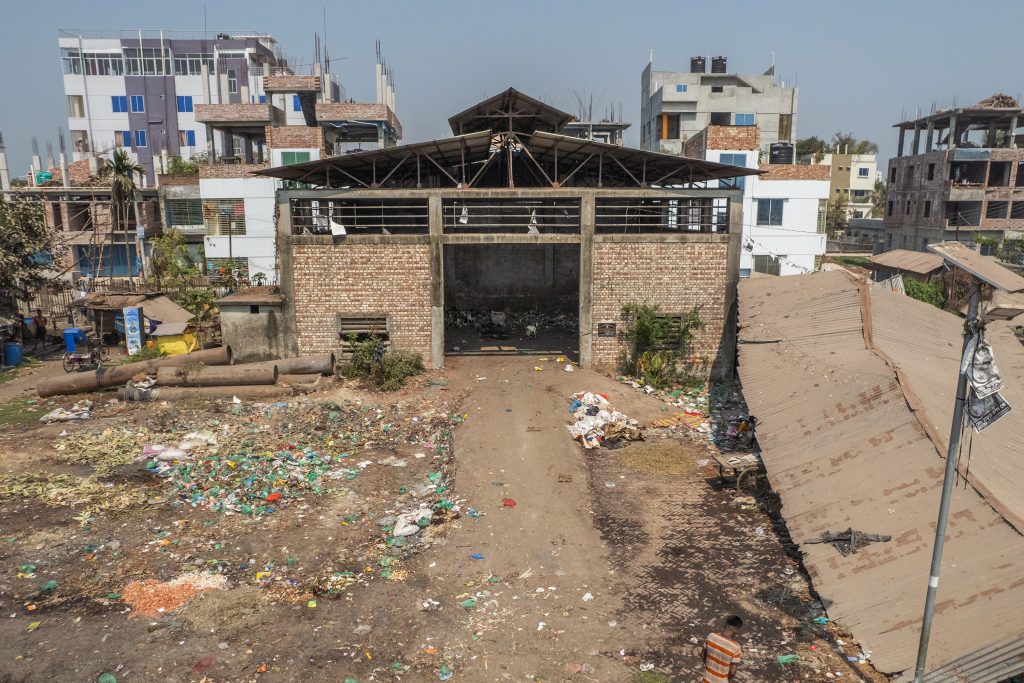
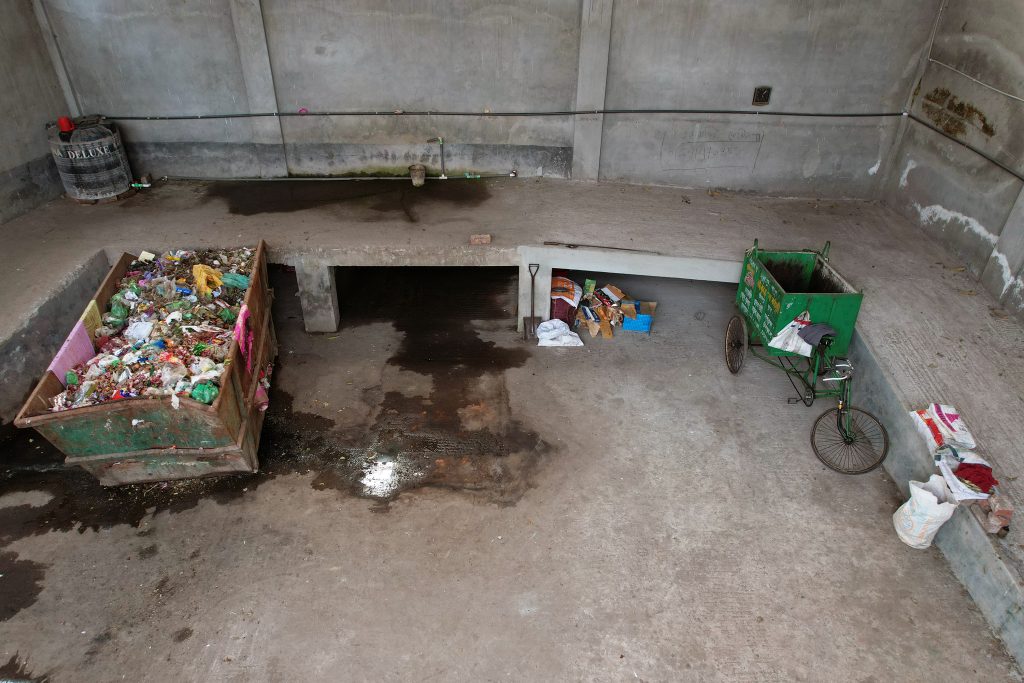
Contributing to the SDGs
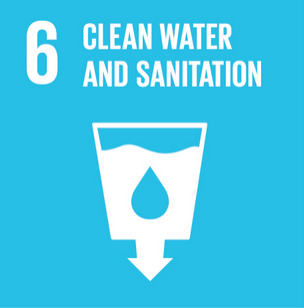
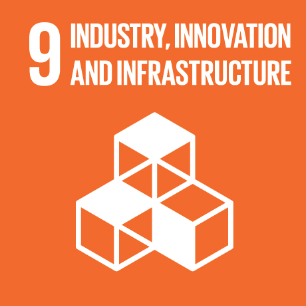
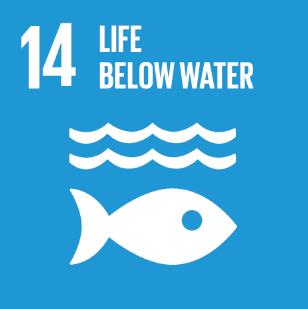
Disposal
The Rajbandh landfill, located 8 km from Khulna city centre, is the only active disposal site in the KCC area and all KCC collection trucks transfer waste to this site. The disposal site can be classified as an open dump site with limited control. It lacks critical environmental safeguards, such as a cover system, leachate or landfill gas management, and furthermore, operates without a formal waste acceptance or closure plan. Seasonal challenges include fires during the dry season—often intentionally set to reduce the waste volume—and leachate spill -overs into the adjacent land during the monsoon. Operations are conducted by a small municipal team using bulldozers and excavators. Around 20–25 informal waste pickers work under hazardous conditions, alongside roaming animals such as birds, rats, dogs, goats, and pigs.
A campaign conducted within the SCIP project monitored incoming waste and documented an average daily volume of 242 tonnes from 103 trucks. This is clearly in conflict with projected waste generation data (350 to 610 tonnes per day). The discrepancies can be explained by population overestimates used for the projection, low collection rates with high illegal dumping, or a combination of both. As part of the pilot implementation measures, several improvements were initiated, including the installation of a temporary truck scale for weighing campaigns, excavation of drainage trenches, and construction of a site containment with fences and an embankment. Further measures aim at improving working conditions and record keeping onsite. For this, a combined training and sanitary centre for staff and informal workers was constructed. This centre offers a training space, e. g. on occupational health and safety alongside offices and recreation areas, as well as toilets and washing facilities, improving health and hygiene of workers.
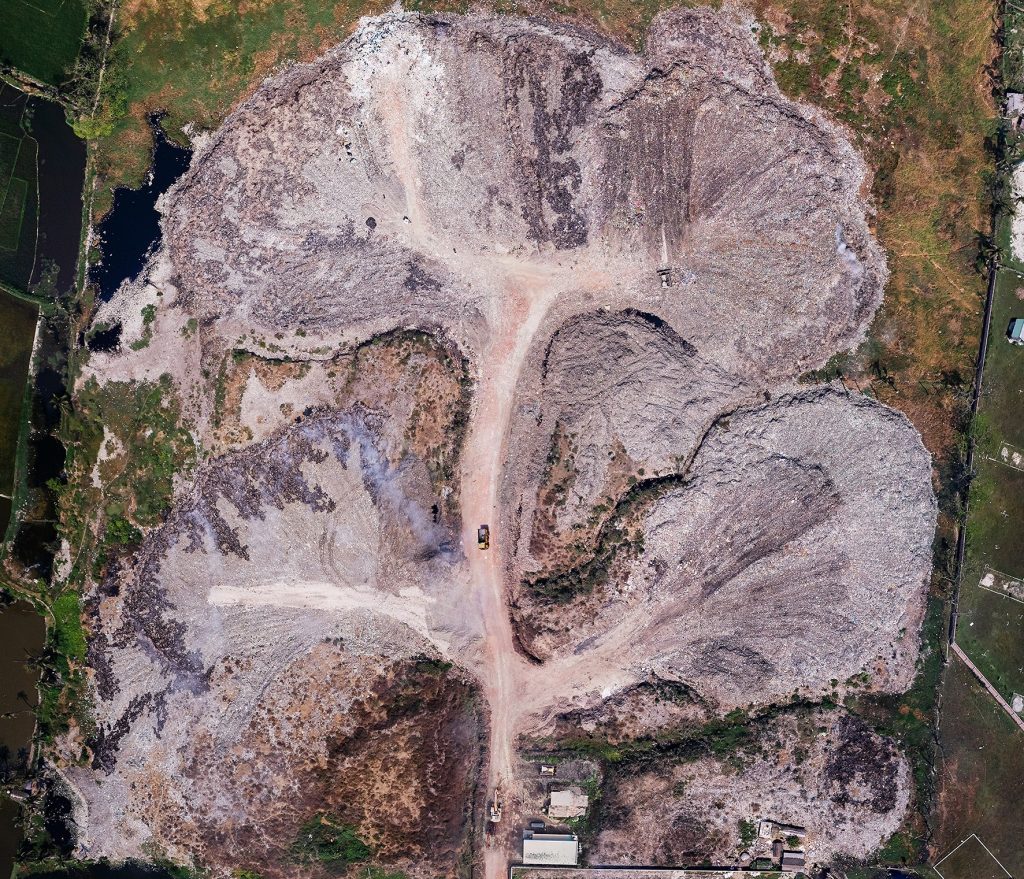
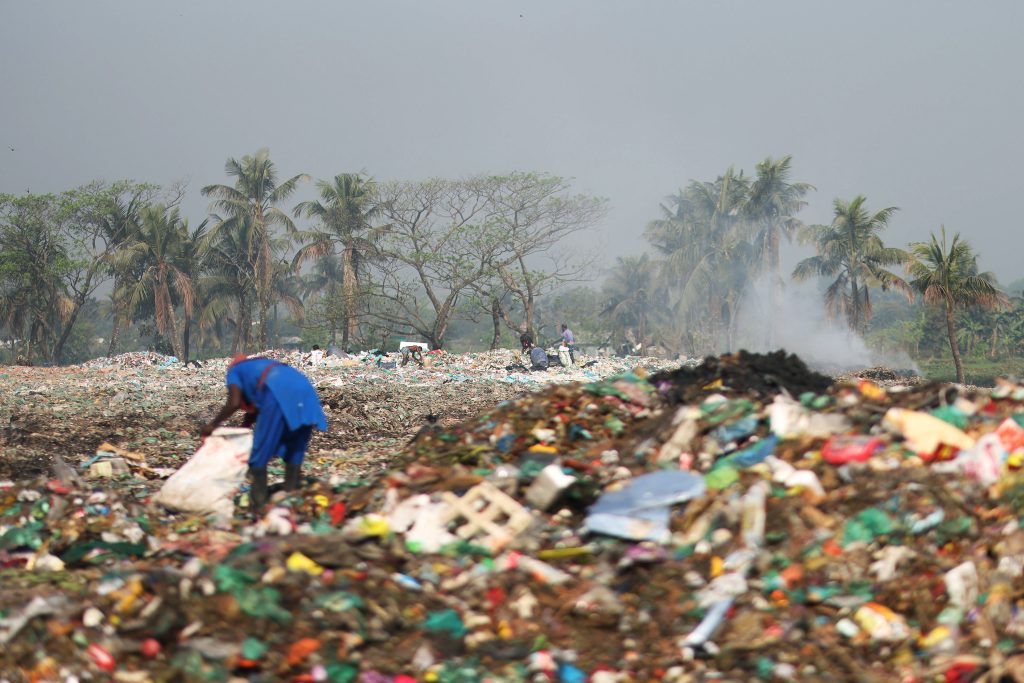
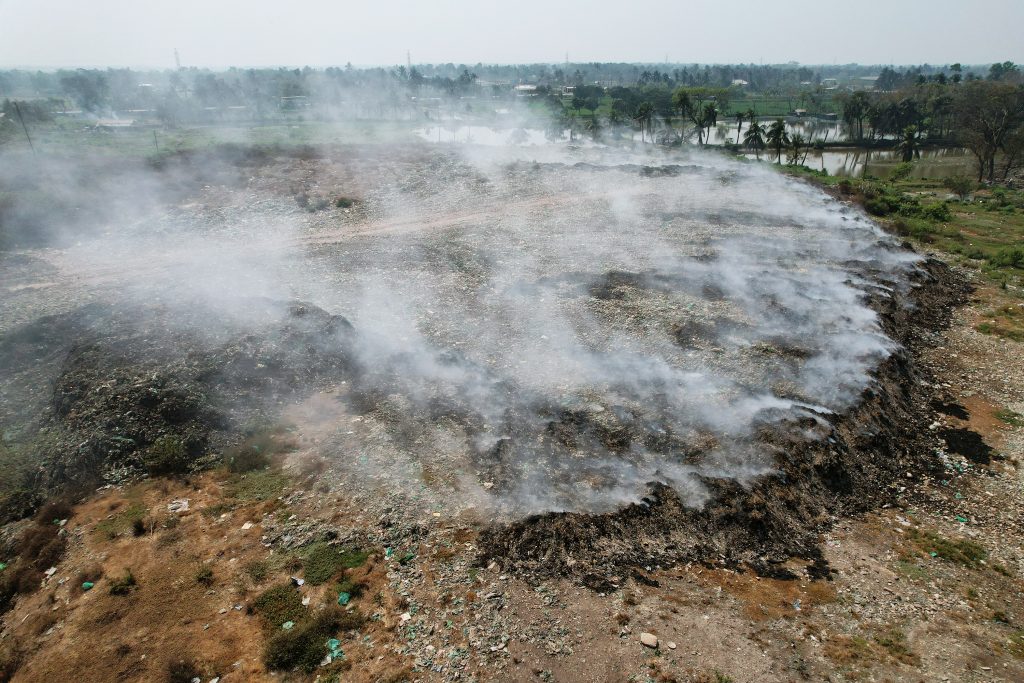
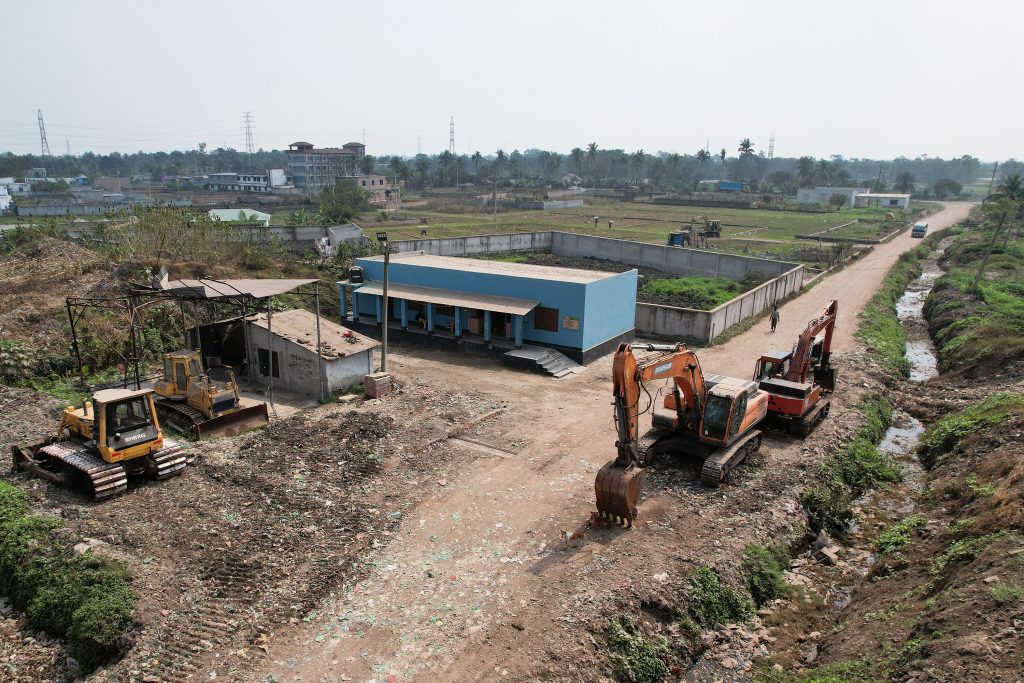
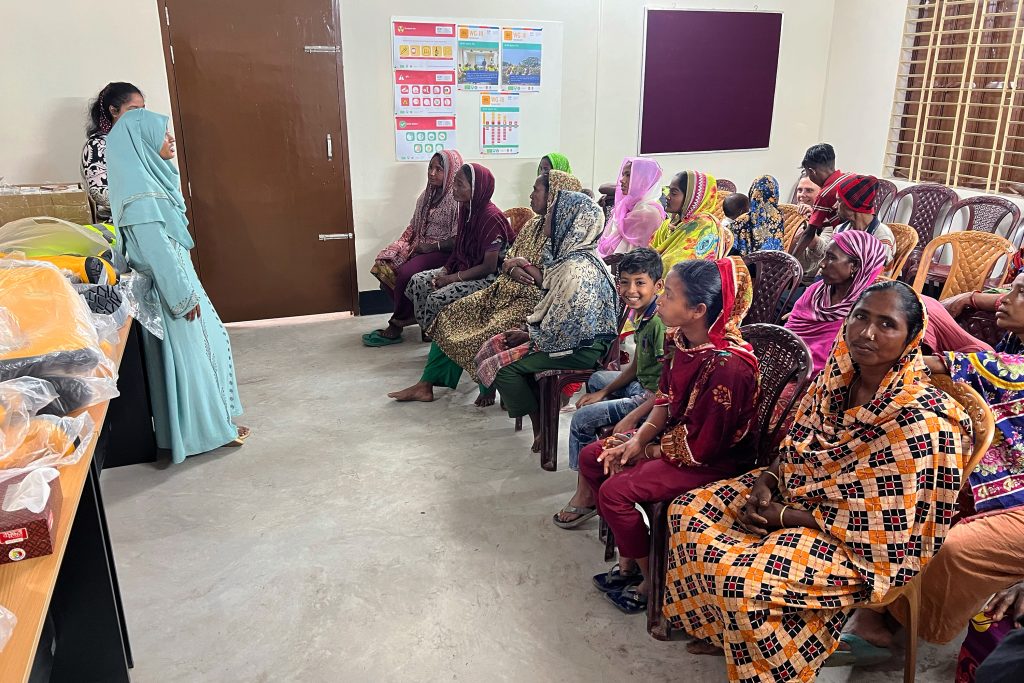
Contributing to the following SDGs



Recycling
The entire plastic recycling chain in Khulna is operated by private and informal actors, with waste collectors, waste traders and recycling shops playing a central role in managing the city’s plastic waste. Waste collectors and traders focus on materials with high resale value and typically ignore contaminated single-use plastics, food wrappings or composite materials with low resale value. A rough number of 35 recycling shops are shredding, washing and drying flakes from around 830 tonnes of plastic waste monthly, mainly PET, PE, and PP. The process leaves behind non-recyclable residues and scrap like PET-bottle labels and single-use plastics. A sample-based study for Khulna showed that the treatment of 340 tonnes of PET-bottles creates approx. 7 tonnes of non-recyclable PET-bottle labels monthly.
To improve the handling of low-value plastics like contaminated packaging, PET labels, and litter, a pilot business model was developed and launched in Khulna. Drawing on the Money4Waste approach, the project partnered with four recycling shops from the Khulna Plastic Recycling Business Association to test an incentive-based system encouraging the collection of such low-value plastic materials.
Over a six-month pilot phase, approximately 50 tonnes of previously unmanaged plastic waste were successfully integrated into Khulna’s formal waste management system. The insights gained from the implementation have been compiled into a practical guide to support replication in other cities and communities.
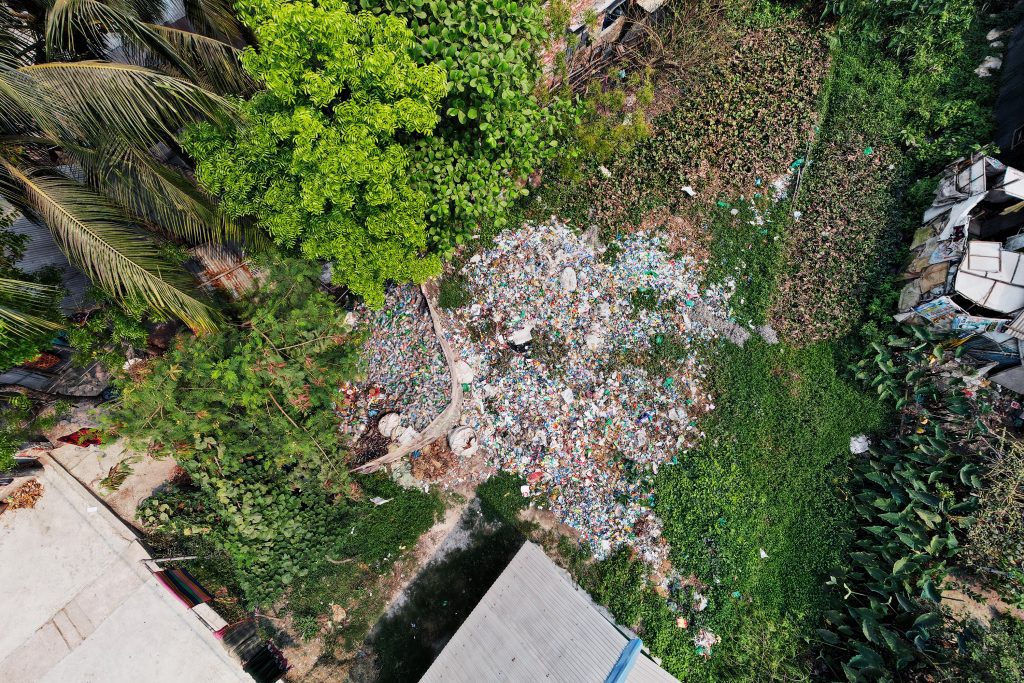
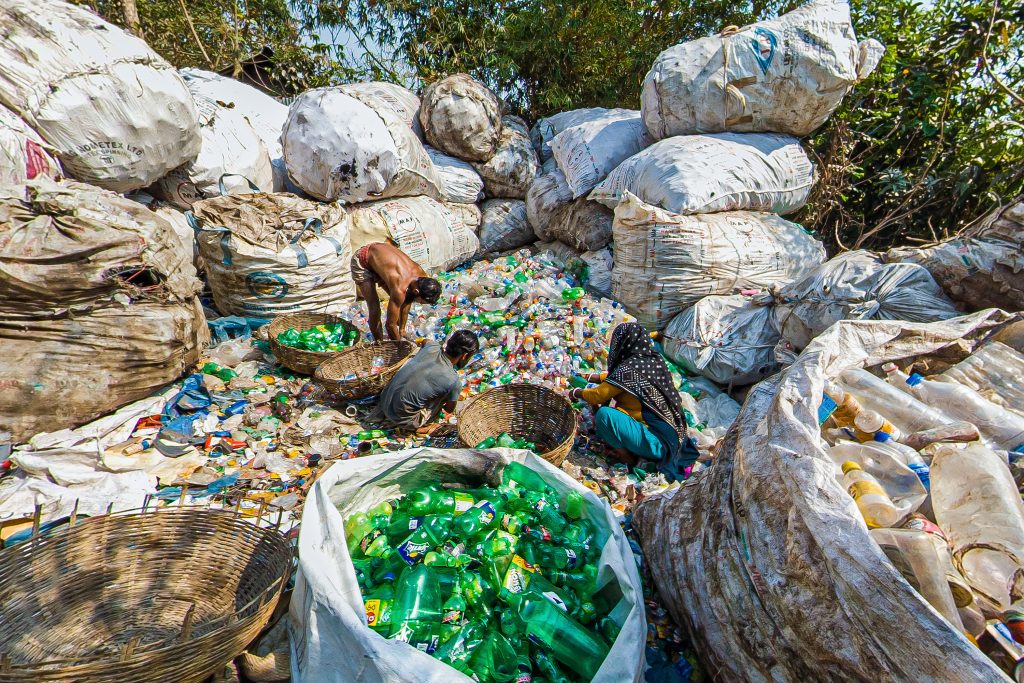
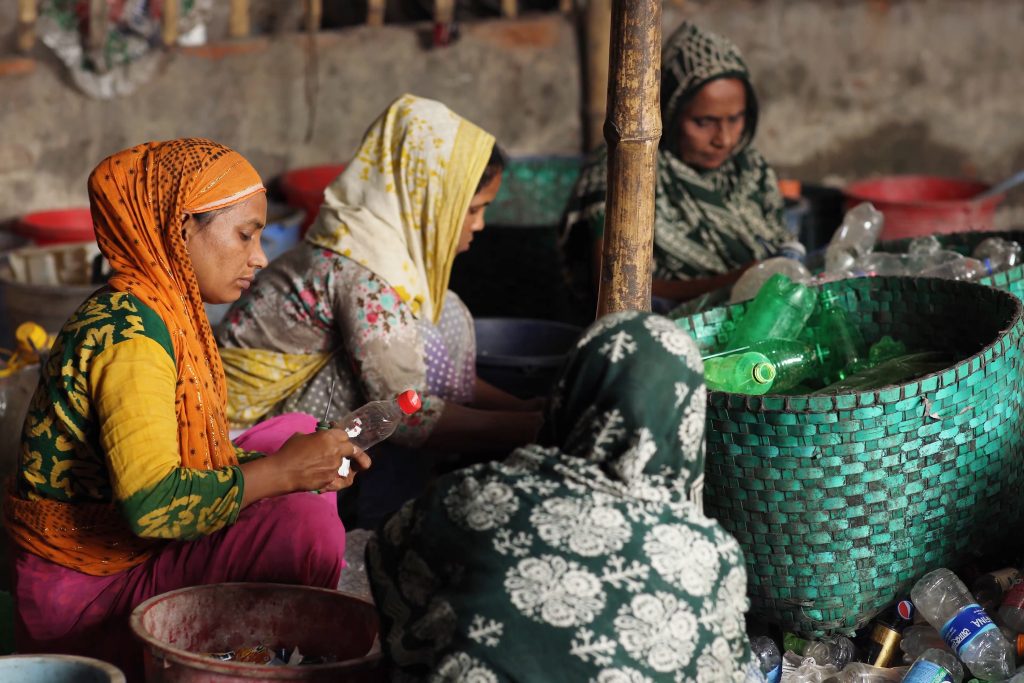
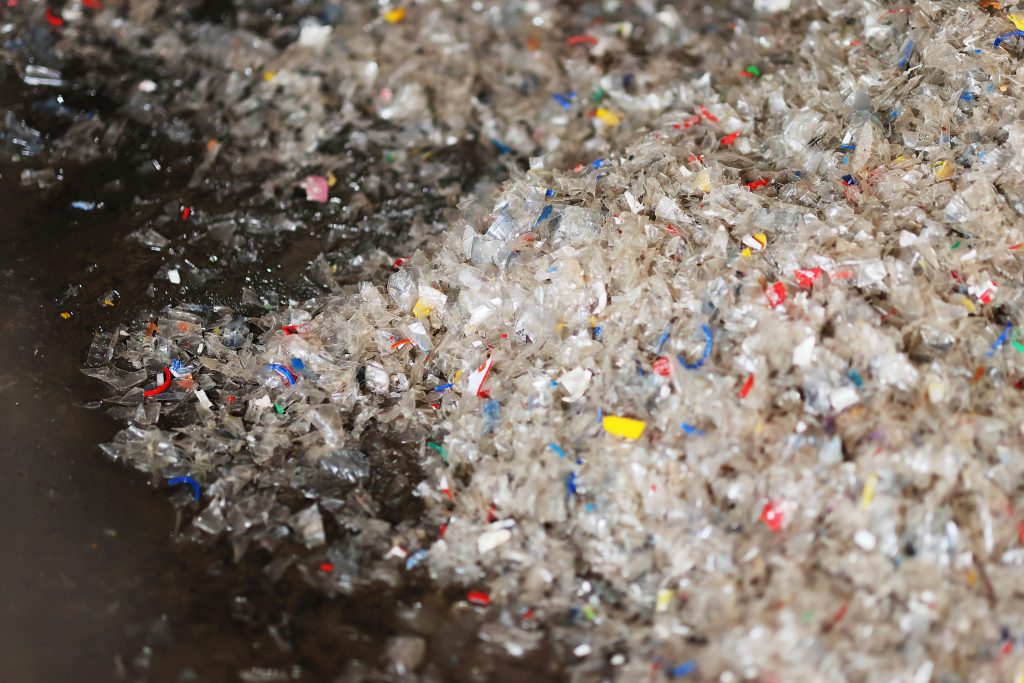
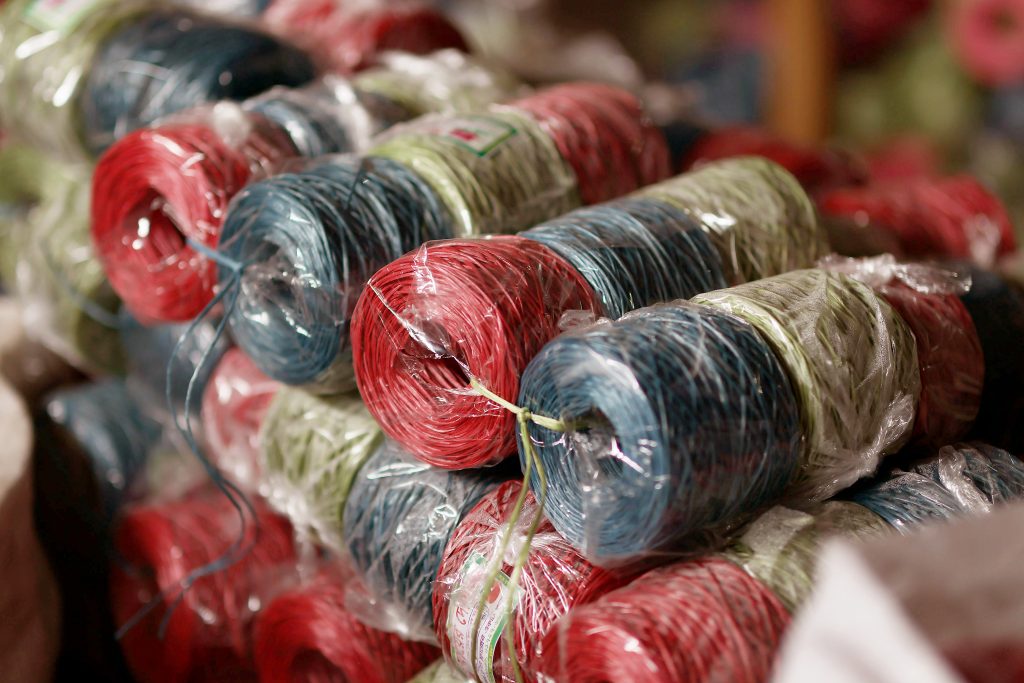
Contributing the the following SDGs
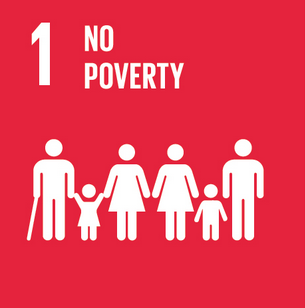

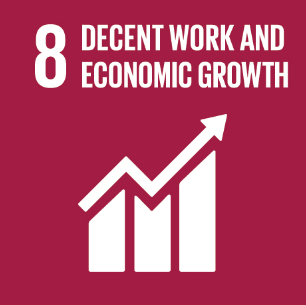
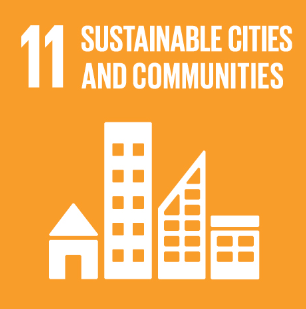

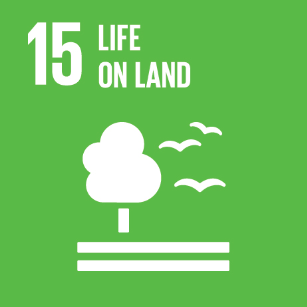
Substitution
In Bangladesh, locally produced biodegradable jute fibres present a promising alternative to fossil-based plastics. With an annual production of 1.9 million tonnes and 227 spinning mills employing around 160,000 people (2023), the country is the world’s leading jute exporter.
To evaluate whether jute-based products are environmentally preferable to plastics, a cradle-to-grave life cycle assessment was conducted. Primary data from two major spinning mills near Khulna, Wave Jute Mill (9,300 t/year) and Akij Jute Mill (120,000 t/year), served as the primary data source. The results confirmed significantly lower environmental impacts of jute compared to LDPE across key indicators like global warming potential: 2.09 vs. 3.17 kg CO₂-eq, fossil depletion: 0.55 vs. 2.13 kg oil-eq and water depletion: 16.82 vs. 51.29 litres water-eq. However, jute required nearly twice the agricultural land area (0.50 vs. 0.26 m²/year), a critical trade-off in land-scarce Bangladesh. In a second phase, pilot campaigns were conducted at the campus of KUET and CUET, where 1,300 bags were distributed or sold. These potentially replaced 7,000 – 7,700 LDPE bags. Findings show that although jute is environmentally preferable to plastic, economic and behavioural barriers remain. Users favoured plastic for its convenience, while shopkeepers cited higher prices as the main obstacle, as LDPE bags are typically provided free of charge.

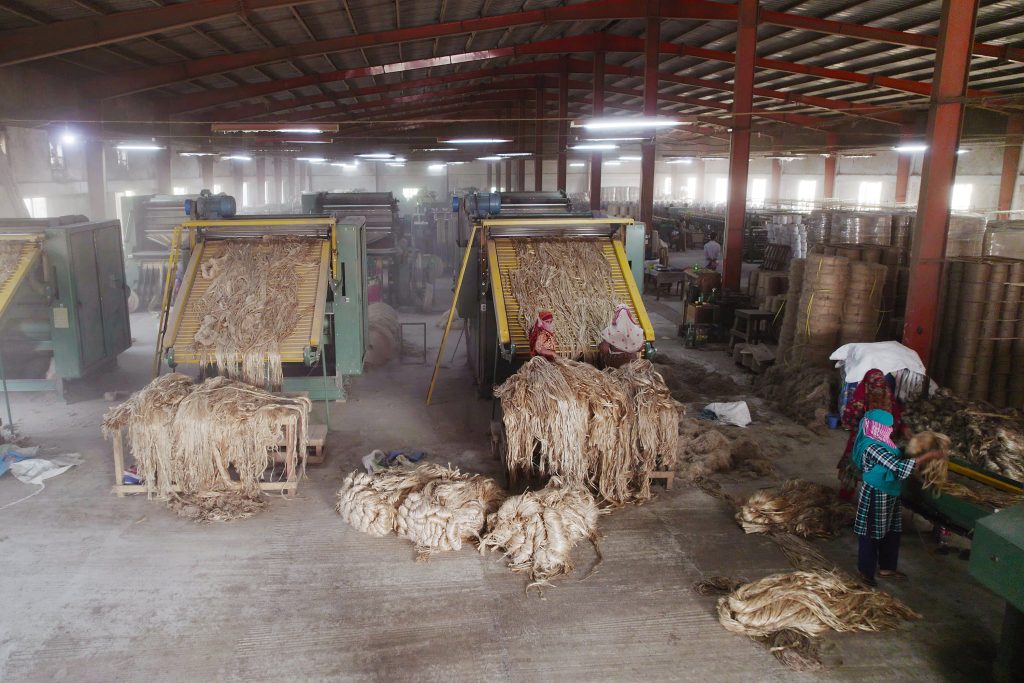
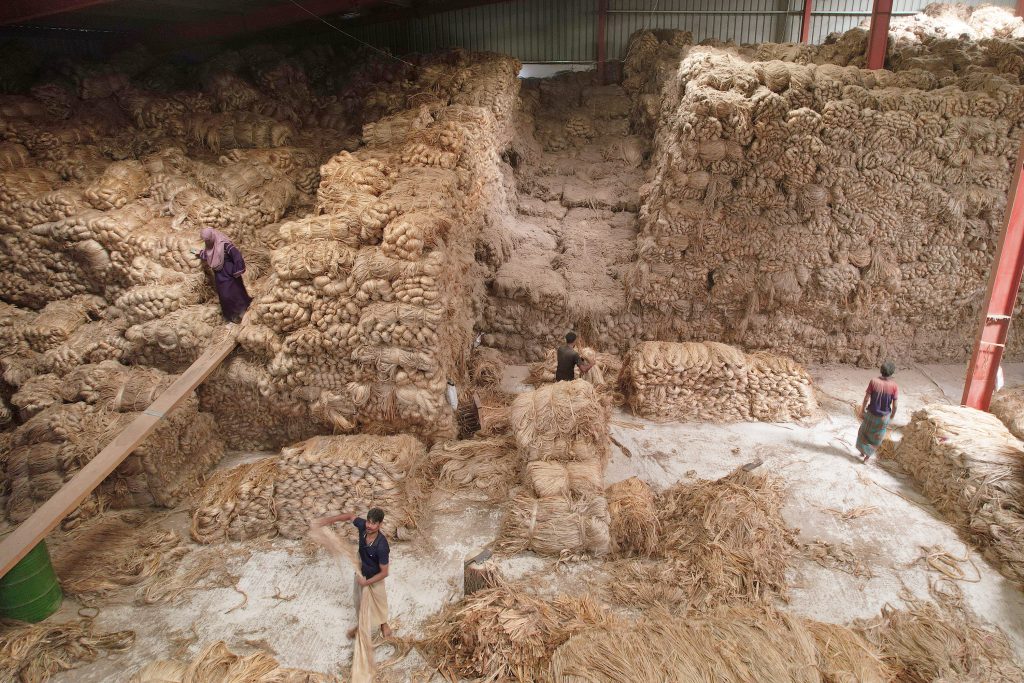
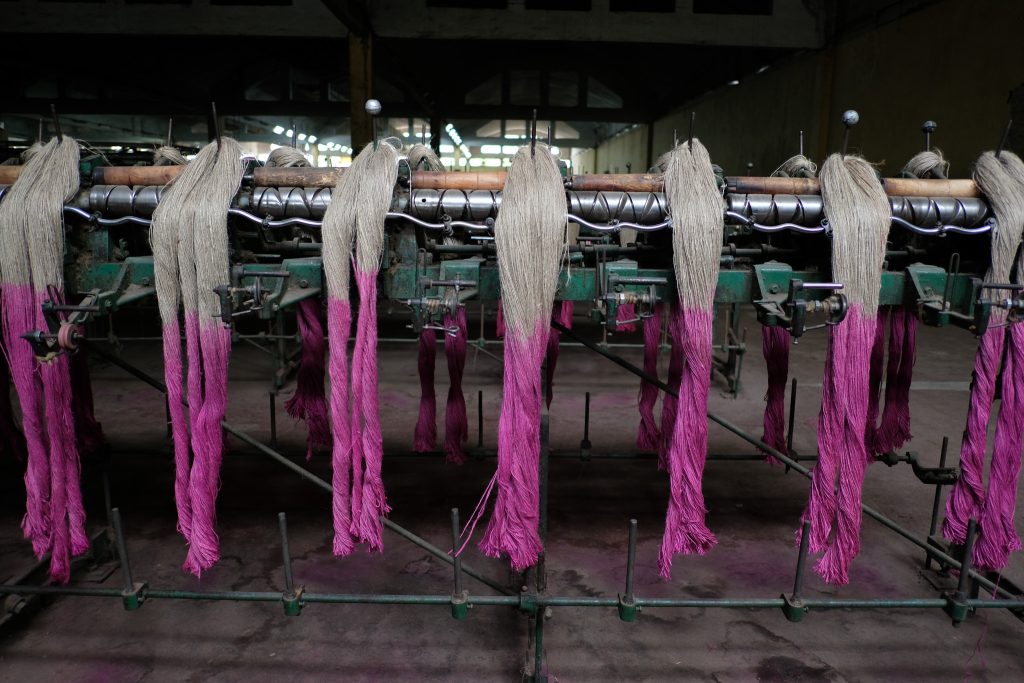
site © Gregor Biastoch, 2022
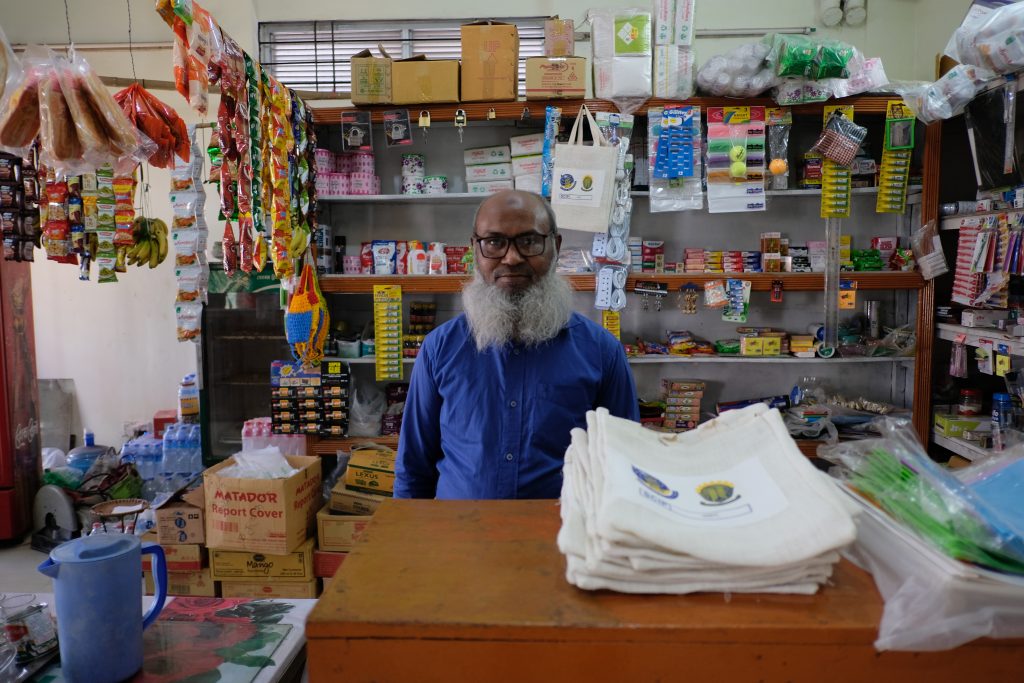
Contributing to the following SDGs


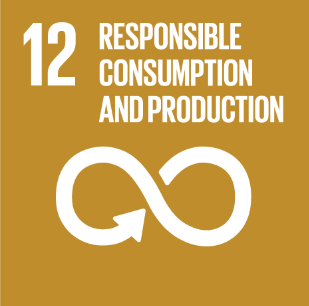


Ports
Bangladesh’s export-oriented economy results in significant maritime traffic through its seaports, where plastic waste from cargo handling, ship operation, and port-based sources reaches the ocean through improper disposal or accidental loss.
While international vessels follow to strict regulations, many local, often unregistered ships used for inland transport operate informally, sometimes remaining anchored for weeks with crews living onboard. Satellite imagery identified 1,156 such vessels near Chattogram Port and 221 near Mongla Port. Through field campaigns, at 241 local ships, waste collection bags were distributed and analysed. It can be estimated that 1.4 t of plastic waste occur in Chattogram Port and 0.3 t in Mongla Port on a monthly basis. In Chattogram less than 40 % is collected, while in Mongla no collection system is established at all. The findings suggest that establishing collection systems for local vessels at both ports could prevent around 17.5 tonnes of plastic waste from entering the Bay of Bengal annually.
Based on these findings, an environmental officer was appointed at Mongla Port as part of the project. His mandate includes establishing and documenting a waste collection system for local ships. The officer regularly reports progress and challenges to the Port Authority, ensuring institutional oversight and long-term integration.
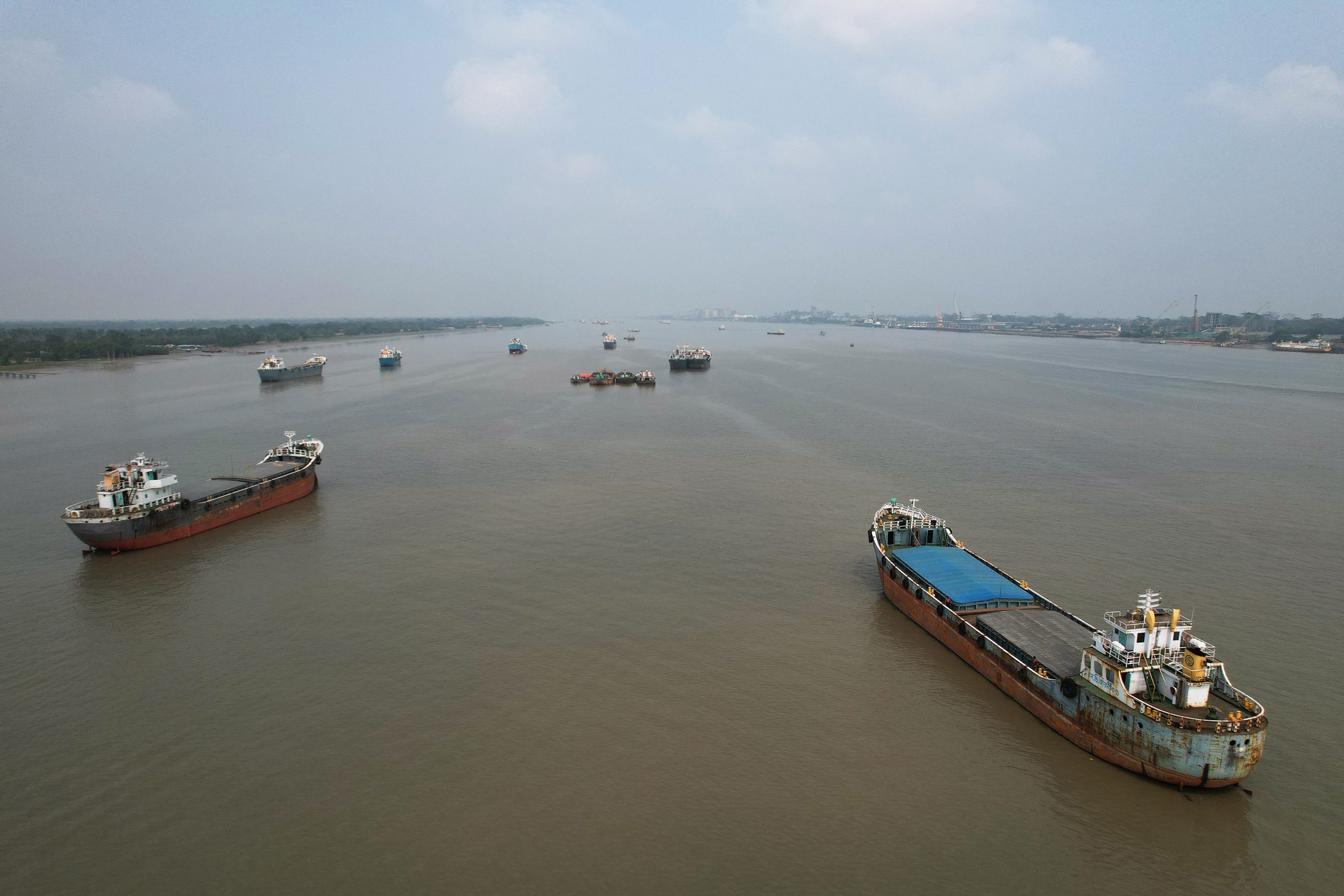
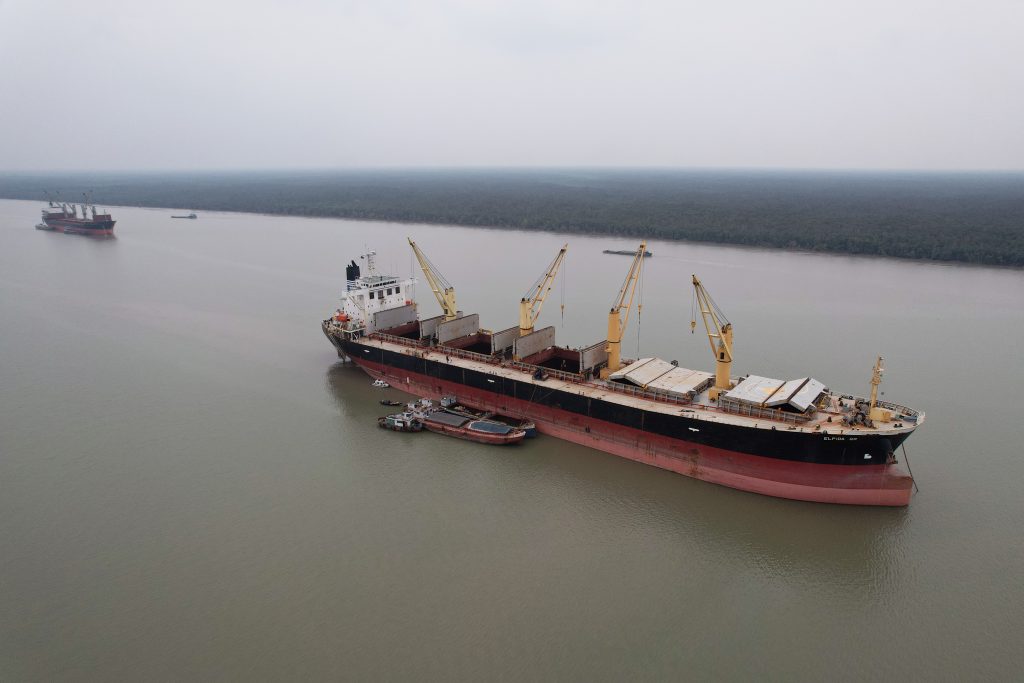
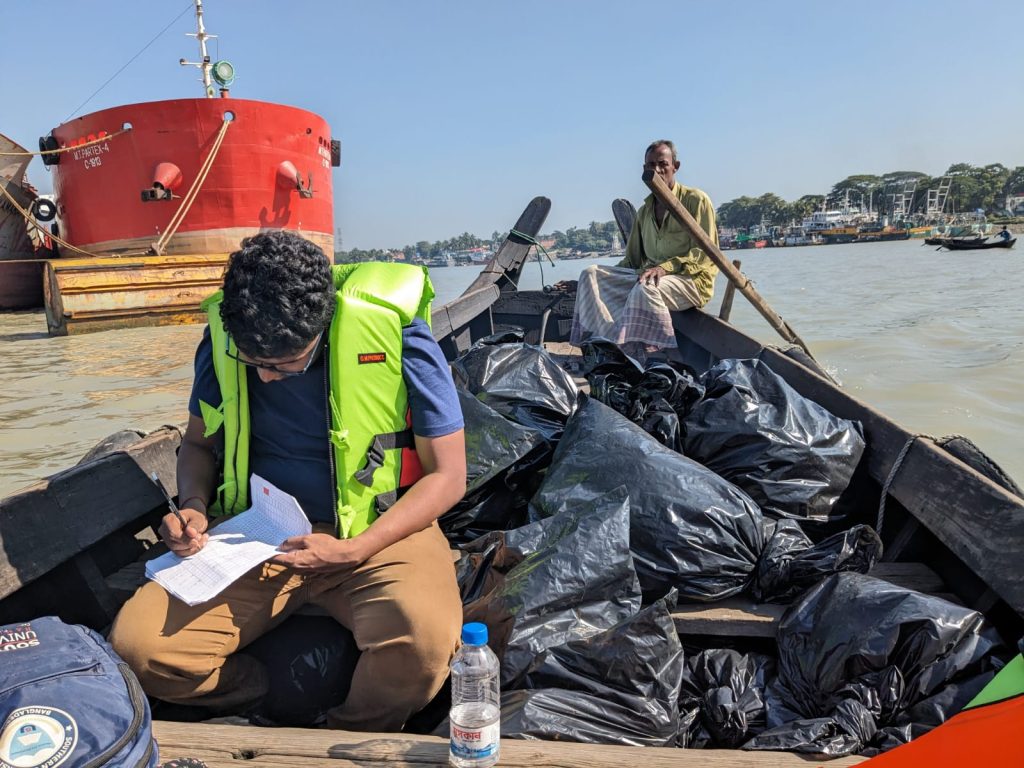

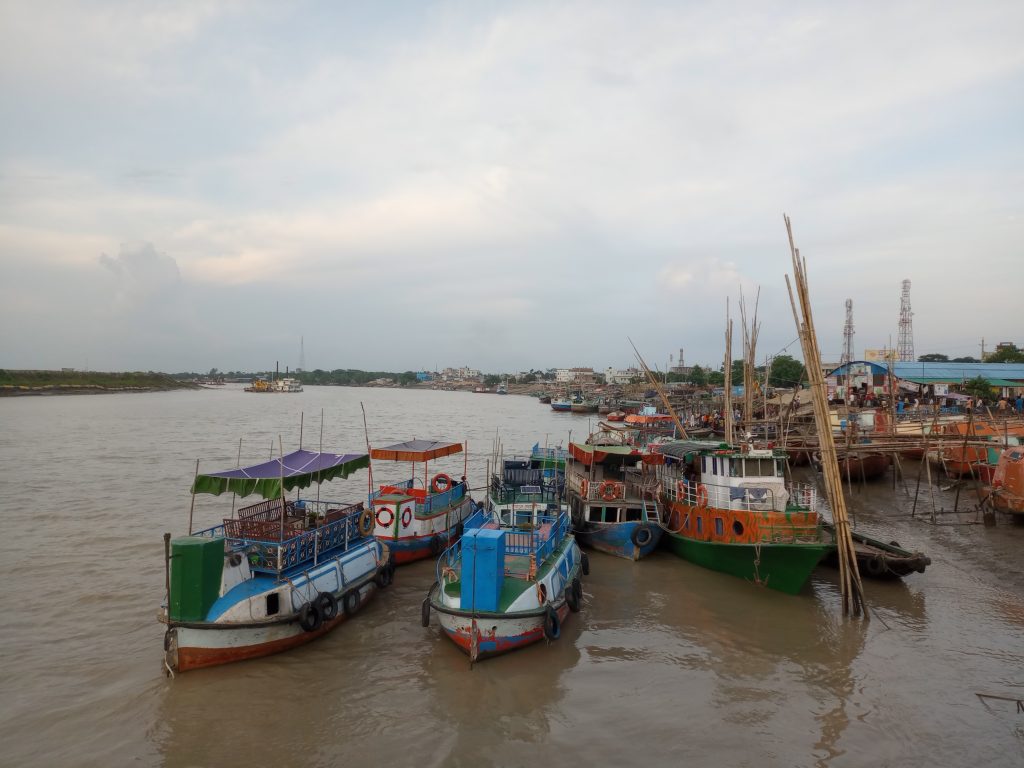
Contributing to the SDGs


